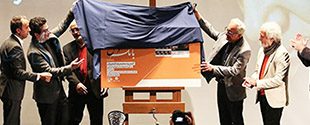When someone tells you an ad has been PhotoShopped, the natural reaction is “Well, yeah, duh.” What you don’t think about is that the manipulation goes far beyond messing with shading and cleaning up blotches. We asked our readers to enlighten us about the interesting, hands-on tricks ad makers still use. Visuals are powerful. Products are often shown in idealized settings or enhanced with photo editing. Fast food ads, for example, often depict burgers much larger and fresher than the actual product. Tech gadgets may be shown in sleek, futuristic setups that don’t reflect reality.
Marketers understand human psychology and exploit it. Fear of missing out (FOMO) is a common strategy: “Hurry, only 3 items left!” Scarcity, social proof, and emotional appeals—like implying a product will improve your confidence or happiness—can push consumers into impulsive purchases. Words like “supports,” “helps,” or “clinically tested” can mislead without making explicit promises. For instance, a skincare cream might claim it “reduces the appearance of wrinkles,” but this doesn’t mean it eliminates them. Consumers often assume these phrases imply guaranteed results.

